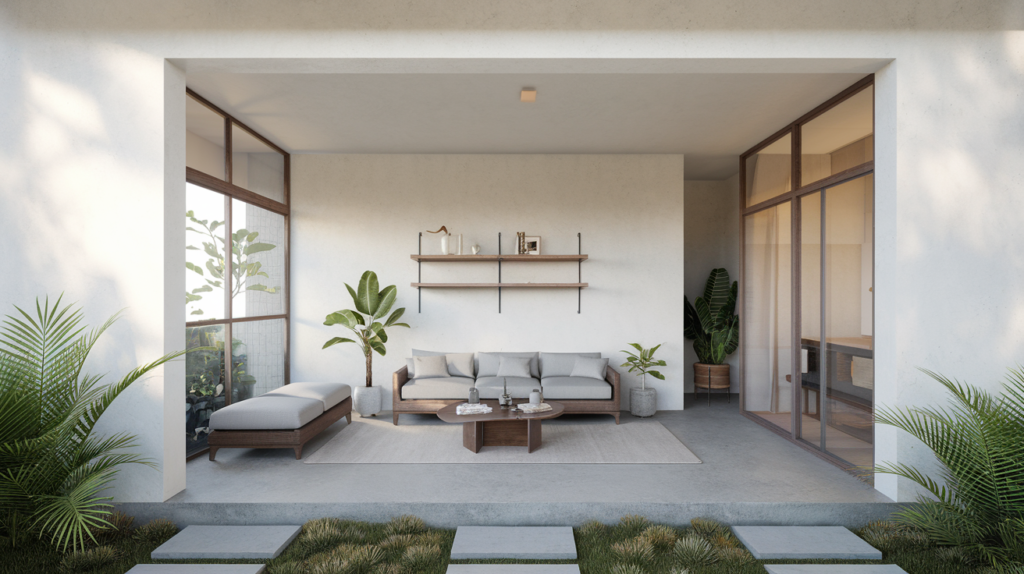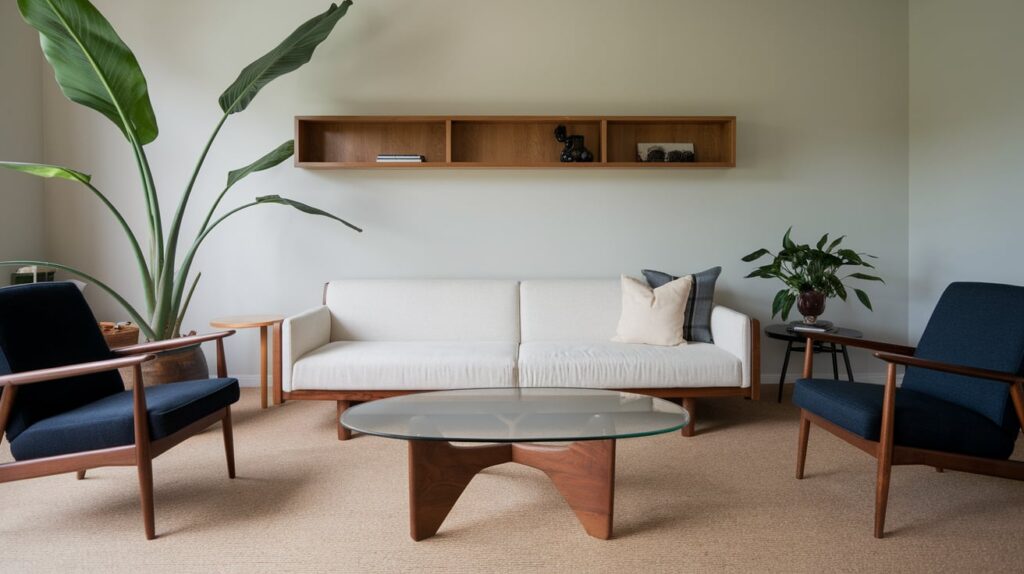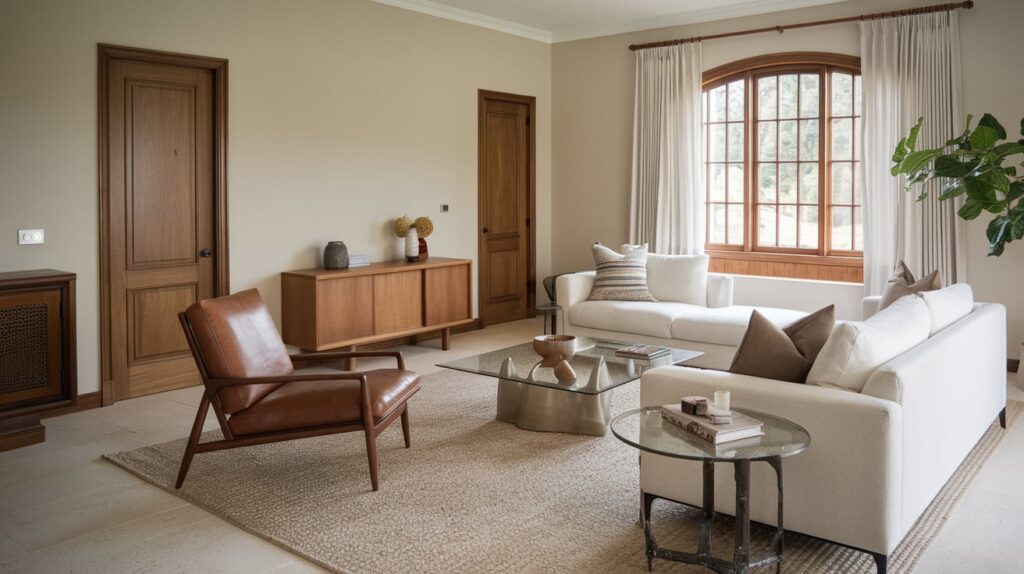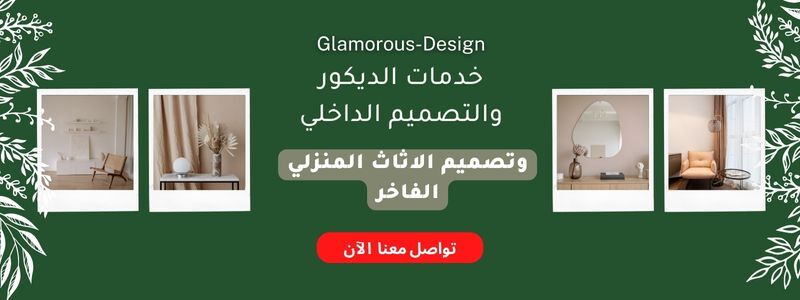House interior design is more than just arranging furniture and choosing paint colors. It’s about creating spaces that are functional, comfortable, and a reflection of personal style. The design of a home can greatly impact the mood, efficiency, and even the well-being of its occupants. Good interior design optimizes space and enhances the functionality of each room, turning a house into a home. Thoughtful design can improve the flow of a space, make it easier to live in, and create an environment that feels both welcoming and organized.
Understanding House Interior Design
At its core, house interior design is about combining aesthetics and practicality. It involves using different elements like furniture, lighting, color, and decor to create a cohesive space that serves the needs of the people living there. It’s not just about following trends but about designing a home that works for you, whether that means creating a minimalist sanctuary or a vibrant, eclectic living space. Understanding your own style, needs, and the purpose of each room is the foundation of great interior design.

Key Elements of House Interior Design
Interior design is based on several key principles that ensure a space feels balanced and cohesive. Here are the most important ones:
Balance
Balance refers to the visual equilibrium within a space. This can be achieved by distributing furniture, decor, and color evenly. Balance can be symmetrical, where elements are mirrored on both sides of a room, or asymmetrical, where balance is achieved by using different items of similar visual weight. This principle ensures that the room feels neither too cluttered nor too sparse.
Harmony and Unity
Harmony ensures that all elements within a room complement each other. While different rooms may have varying styles, there should still be a unifying theme or color palette that creates a seamless transition from one space to another. Unity is about making sure every piece in a room works together to form a cohesive look.
Scale and Proportion
Scale and proportion are vital in ensuring that the furniture and decor fit the space. A large couch in a small room can make the space feel cramped, while tiny furniture in a large room will make it feel empty. Choosing pieces that fit the room size and maintaining a sense of proportion between objects are key to creating a well-balanced room.
Contrast
Contrast adds visual interest by using opposing elements. This could involve pairing light and dark colors, mixing textures, or combining modern and traditional furniture. Contrast helps prevent a room from looking flat and keeps the design dynamic and engaging.
Rhythm
Rhythm in interior design refers to creating patterns and repetition to guide the eye around the room. This can be done by repeating colors, shapes, or textures throughout the space. It brings a sense of flow and consistency to the room, making it feel cohesive.

Popular Interior Design Styles
There are several popular interior design styles to consider when decorating your home. Each has its own distinct characteristics:
Modern
Modern design focuses on clean lines, minimalism, and functionality. It’s characterized by neutral color schemes, open spaces, and the use of materials like glass, steel, and wood. This style works well in homes where simplicity and practicality are prioritized.
Contemporary
Contemporary style is ever-evolving, reflecting current trends. It tends to focus on neutral tones but incorporates bold accents, sleek furniture, and an emphasis on light and space. It’s more fluid than modern design, often blending different elements and styles.
Traditional
Traditional interior design is rooted in classic styles. It often features rich colors, ornate details, and furniture made from dark woods. The look is timeless, warm, and welcoming, with a focus on symmetry and formality.
Minimalist
Minimalism is about simplicity and functionality. The design strips away excess and focuses on essential elements. This style typically uses a neutral color palette, clean lines, and very little decor to create open, airy spaces.
Bohemian
Bohemian style is eclectic and full of life. It mixes colors, textures, and patterns in a carefree, curated way. Furniture and decor are often vintage or handmade, giving the room a collected and personal feel. This style embraces imperfection and celebrates individuality.

Choosing the Right Color Palette
Color is one of the most powerful tools in house interior design. It sets the mood of a room and can even affect how large or small a space feels. When choosing a color palette, consider the purpose of the room and how you want it to feel. Cool colors like blues and greens create a calming atmosphere, while warm colors like reds and yellows add energy and warmth. Neutrals are versatile and can be paired with bolder colors to balance the space.
For example:
- Living room: Use warm neutrals with pops of vibrant color for a welcoming feel.
- Bedroom: Opt for soft, cool tones to create a relaxing environment.
- Kitchen: Bright whites and light colors can make the space feel clean and open.
Furniture Selection and Layout
Selecting the right furniture and arranging it properly is key to creating a functional and attractive home. Start by measuring your space and choosing furniture that fits the scale of the room. In smaller spaces, opt for multifunctional furniture, like a coffee table that doubles as storage. In larger rooms, balance out the space by creating multiple zones, such as a reading nook or a conversation area.
Proper layout enhances both flow and functionality. Ensure there is enough space to move around and that the furniture arrangement promotes conversation and usability. In open-plan spaces, use rugs or furniture placement to define different areas of the room.
Sustainable Interior Design
Sustainable interior design is becoming more popular as homeowners look for eco-friendly ways to decorate. This involves choosing materials that are sustainably sourced, such as reclaimed wood or recycled fabrics, and investing in furniture that is built to last. Energy-efficient lighting and appliances, as well as low-VOC paints, contribute to a healthier, more environmentally friendly home.
Sustainability tips:
- Opt for natural, biodegradable materials.
- Reuse and repurpose existing furniture.
- Incorporate energy-efficient lighting and appliances.
Personalized Space
Your home should reflect your personality and lifestyle. Personalized interior design adds character and warmth to your space. Incorporate personal touches like family photos, artwork, or collections that tell your story. Mixing in vintage or handmade items can also make your space feel more unique. Don’t be afraid to break away from trends to create a home that feels authentically yours.

Conclusion
House interior design is a balance of style, functionality, and personal expression. By understanding the key elements of design—such as balance, harmony, and contrast—you can transform your house into a home that reflects your personality and meets your practical needs. From selecting the right furniture to choosing sustainable materials, every decision plays a role in creating a space you’ll love.
Ready to elevate your home? Contact Glamorous Design today for personalized interior design solutions that fit your style and lifestyle perfectly!
FAQs
How do I design the interior of my house?
Start by understanding the purpose of each room and how you want it to feel. Choose a cohesive color palette, select furniture that fits the space, and layer in lighting and decor. Keep balance and functionality in mind as you design each space.
How can I be unique in interior design?
To create a unique design, incorporate personal elements like custom-made furniture, vintage pieces, or meaningful art. Avoid following trends too closely and instead focus on what speaks to your personality and lifestyle.
What is the meaning of interior design in home?
Interior design in the home refers to the art and science of enhancing the interior to create a more functional and aesthetically pleasing space. It involves selecting furniture, colors, lighting, and decor that reflect the homeowner’s style and needs.
How can I learn interior designing at home?
There are many online resources, including tutorials, articles, and courses, that teach the basics of interior design. Start by reading books on design principles, experimenting with your own space, and studying design inspiration from websites or magazines.





